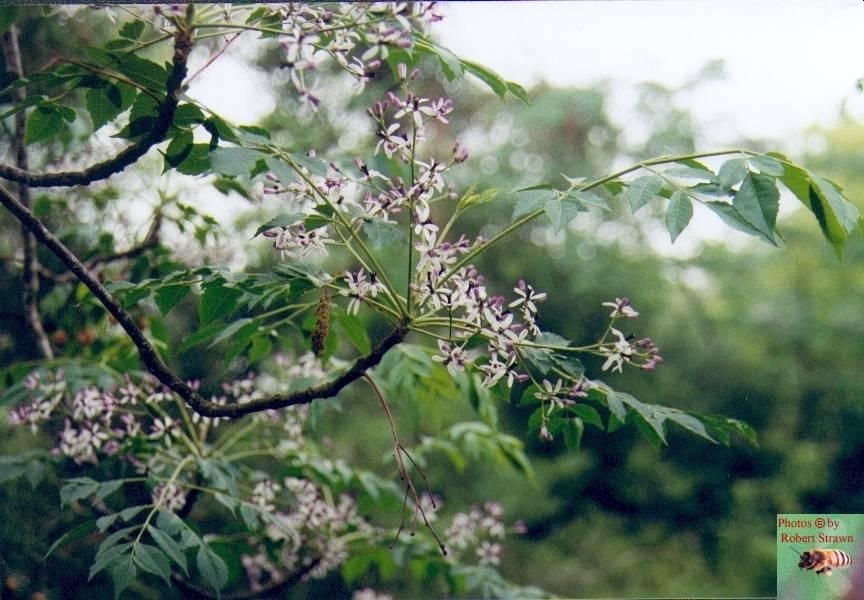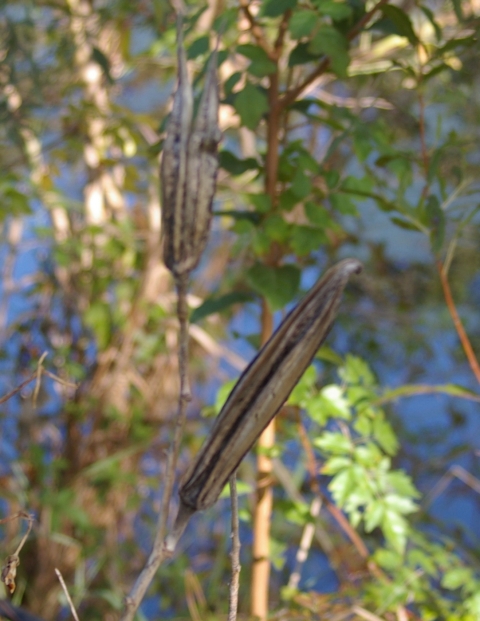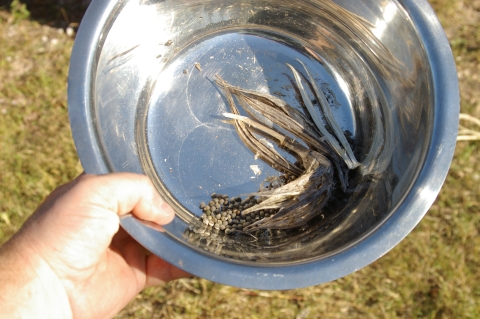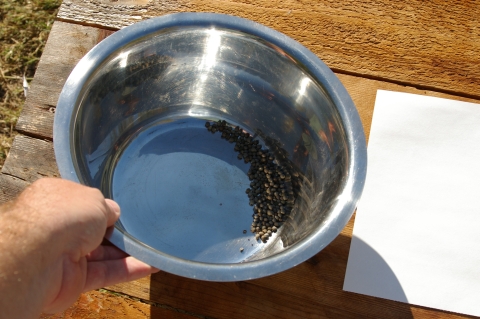I was at the farmers market this weekend and saw some nice big green onions. I took a close look at them and got pretty exited! These onions were clean white onions with healthy roots. The bulb was not swollen, the leaves were D shaped in cross section, the woody section between the roots and the bulb was intact and not split, and the bulb itself was deformed.
I asked, “Were these grown from a large bulb?”
“Yes.”
This is not typical. Usually people grow from starts or seed. You need a disease resistant, very productive onion to grow one like this.
I asked, “Did this produce ten or more onions from one bulb?”
“More like twenty or more.” was the answer.
After hearing how they grew, I bought every onion they would sell me. A local onion that produced annually instead of biannually, and gave you a 20 to one or better yield, makes this a very nice onion.
I am pretty enthusiastic about onions. Half of my garden consists of edible alliums in one form or another. My favorite type is the dividing onion. By dividing onion I mean an onion that does not make ring within ring as it grows. Instead it makes a new onion right beside the first. So instead of making eight concentric rings, it makes a new onion instead of a ring. This means you get a lot of delicious green onions.
It is possible however that I may have just gotten a new favorite.
Now my want list on edible alliums is one smaller. I am still looking for a few others.
Alliums I am looking for:
- Beltsville Bunching. it is possible that I have it, but I would love one with a positive ID.
- Perlwetzel
- Texas Natve Bear Garlic
- Perpetual Leek
- Texas Potato Onion (most Potato Onions require a bit longer day and cooler weather)
I will be heading out to the farmers market early two week ends from now. I plan for a pair of wonderful gardeners to sell out of onions early.
Bob





 A page Dedicated to My Writing
A page Dedicated to My Writing
Recent Comments